EPA announces plan for cleaning up remaining cancer-causing contamination in Franklin
Decades after toxic pollution was first discovered in Franklin — a Johnson County community with a troubling cluster of childhood cancer cases — the cleanup at the site may at last be entering its final stages.
In recent years, the U.S. Environmental Protection Agency has taken interim steps to address the cancer-causing chemicals that had spread from a former industrial site into the surrounding town.
Now, it is going to the source.
The agency announced late last month a proposal to clean up the remaining contamination on what is known as the Amphenol site, which is less than half a mile from a creek and has homes just south as well as downtown Franklin to the southwest.
Before it was operated under the Amphenol Corporation, a company called Bendix manufactured electrical parts at the facility from 1961 until 1983. In the process, it generated metal sludges, solvents of volatile organic compounds and cyanide solutions.
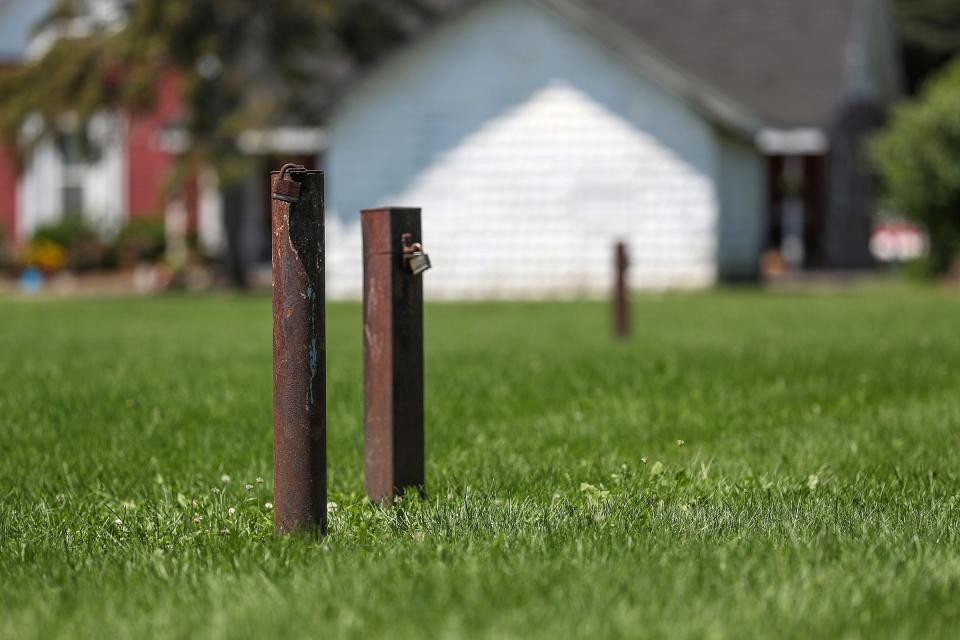
The main contaminants are trichloroethylene, or TCE, and tetrachloroethylene, or PCE. The Centers for Disease Control and Prevention list both as known carcinogens, meaning they can cause cancer in humans.
The EPA now wants to inject materials into the ground on the property to break down and destroy those remaining toxins. It also plans to inject agents into the ground around the site’s borders to form an underground protective barrier.
“We are addressing the contamination with this final remedy to get this last material out of the ground so there is no longer any source,” said Jose Cisneros, the manager of the remediation branch for EPA’s Region 5, which contains Indiana.
The contamination was first discovered decades ago, in 1984 after Bendix was acquired. Testing showed serious levels of pollution were found in the soil and groundwater. Still, a system to contain and treat the contamination on the property was not installed until 11 years later.
That is the same pump and treat system that operates on the site today — and which experts have said has not sufficiently addressed the problems.
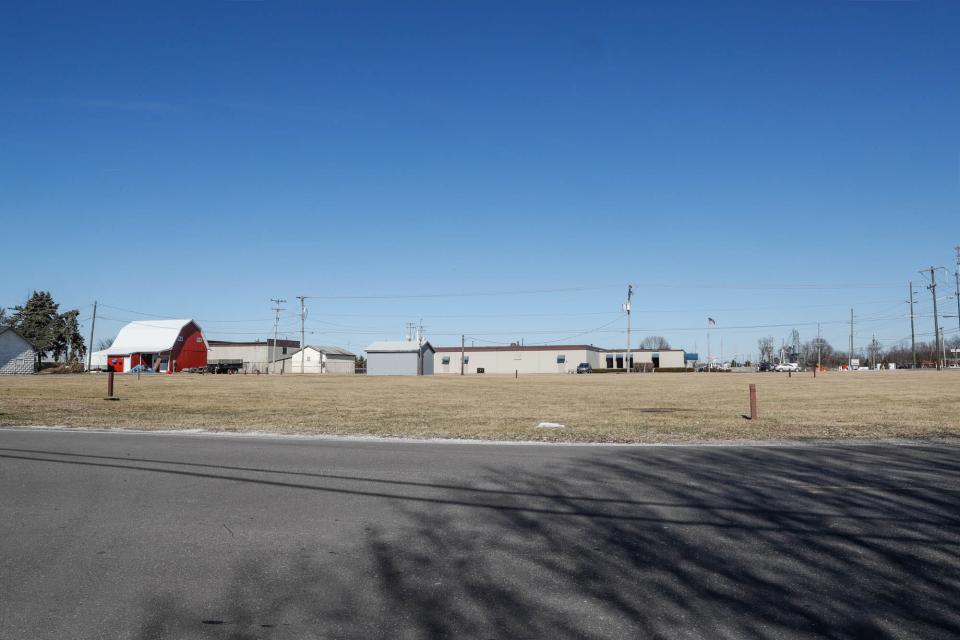
An IndyStar review of hundreds of pages of documents found a 1995 EPA memo that said more testing was needed to understand the scope and effects of the pollution, though it is unclear what, if any, data was collected. And as recently as a decade ago, two additional remediation technologies were proposed to improve clean-up at the site. But it appears the suggested systems were never implemented.
That’s when Franklin residents started asking questions after several children in the community were diagnosed with rare forms of cancer.
Since 2008, there have been 79 cases of pediatric cancer in the area, according to Kari Rhinehart, a co-founder of a local nonprofit dedicated to raising awareness and sharing information about contamination in the community. Rhinehart lost her daughter, Emma Grace Findley, in 2014 from a rare brain tumor.
Following community outcry, the EPA and Indiana Department of Environmental Management reopened an investigation in 2018 and vapor intrusion — or vapors getting into homes — was confirmed.
Testing in the groundwater and sewer vapors showed TCE at levels 252 times the safe limit set by IDEM and PCE levels at 53 times the threshold.
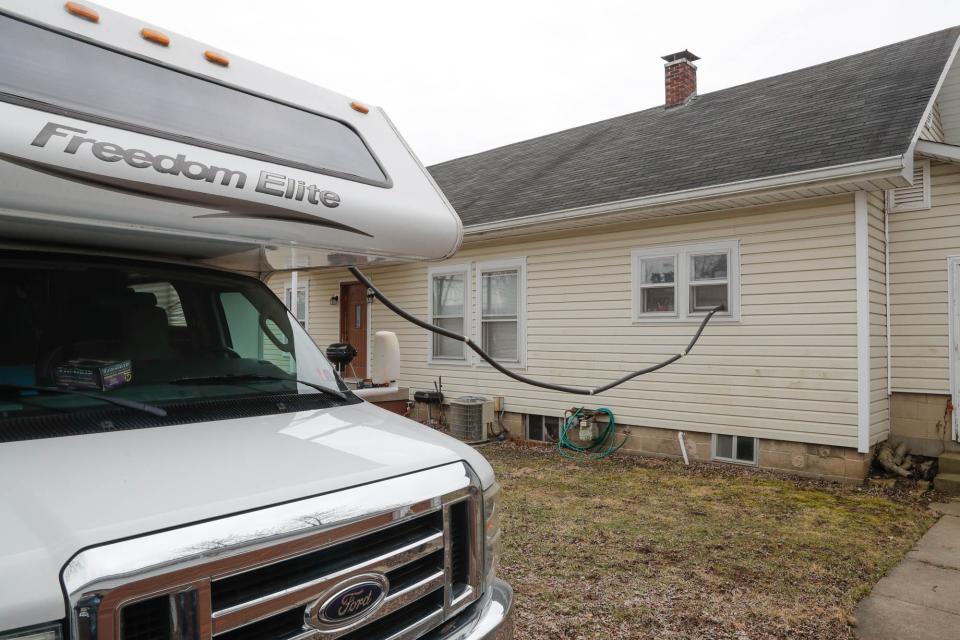
Though these chemicals are known to cause cancer, it is impossible to determine if the cases of cancer in Johnson County resulted from these chemicals. Causes of most types of pediatric cancer, in general, are still largely unknown, according to the Indiana State Department of Health.
After the vapors were detected, the agency helped to install vapor mitigation systems in seven homes as well repair the plumbing systems of nine properties. It also worked with the city to dig up, remove and replace the contaminated soil and a sewer line south of the Amphenol site where the toxic plume had spread.
Childhood cancer cases in Franklin: What you need to know
“Much has been accomplished in the Amphenol cleanup in the last four years,” said Casey McFall, a senior environmental scientist with EnviroForensics who is working as the environmental liaison for the City of Franklin. “The proposed groundwater remedy is a positive step forward in working toward achieving regulatory closure for the contamination issues.”
There are two parts to the proposed remedy.
For the first part, EPA is proposing what is called an in-situ approach where different materials are injected into the ground to break down the contaminants in the soil and groundwater. The second element includes installing what are called permeable reactive barriers along the border of the property and rights of way south of the site.
The injections of zero valent iron or carbon substrate products will combine together to form a barrier underground, according to Chris Black, the EPA correction project manager for Amphenol. Water can continue to pass through the barriers, but they will capture the contaminants or chemically change them into less toxic forms.
These methods were tested in a pilot study in Franklin and it proved successful for that limited area, Black said, “so we have some confidence it will work.” The methods also have reduced contamination at other sites with chlorinated solvent releases, he added.
Black said EPA will continue to monitor the contamination on and off site to ensure levels go down and remain low. It is not unusual, he said, for there to be a rebound in levels and that require a second round of the injections.
Rhinehart, the co-founder of the parent group If It Was Your Child, has reviewed EPA’s proposal. She said the proposed clean-up methods will be “sufficient.” But she still feels the agency has not “adequately addressed the concerns” of migration beyond the current investigation area.
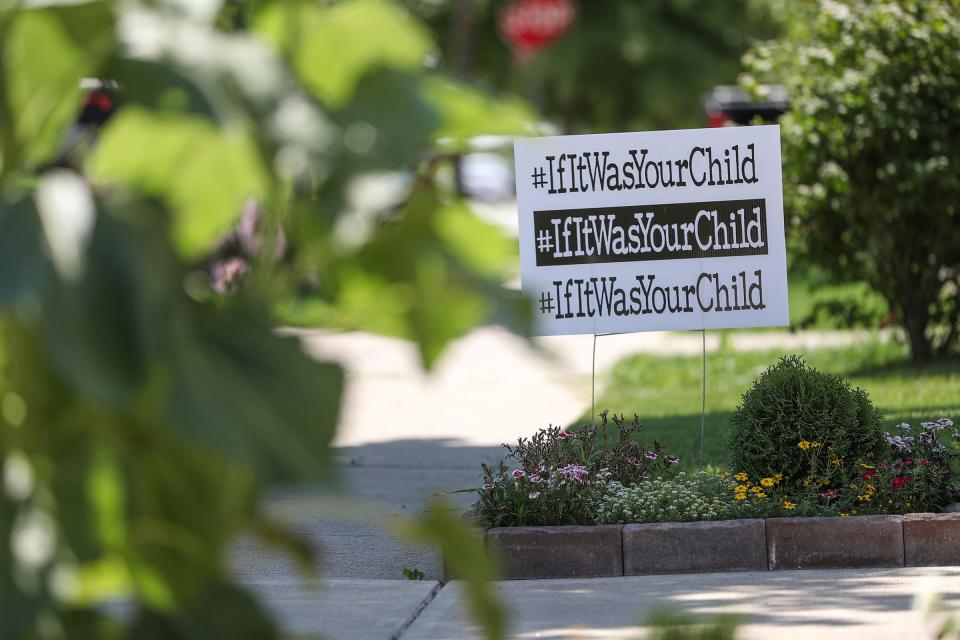
That uncertainty continues after long-standing community scrutiny of how the state and federal government have handled the Franklin contamination.
Beyond the seemingly slow-moving clean-up efforts, the EPA also misled the public in recent years about the risk of cancer-causing contamination in Franklin’s groundwater, a 2019 review by the agency’s Office of Inspector General found. The EPA claimed on its website that the situation was “under control” but the OIG claimed that was inaccurate when, in fact, the agency was still testing to determine the extent of the toxins and how they should be fixed.
Black said he could see why people would be upset that the previous exposure pathways were not addressed. Cisneros said that the agency thought they got it all during earlier mitigation efforts, “but realized there was more material out there.”
“So just by plugging along and looking at everything,” he said, “we’ve identified the remaining sources.”
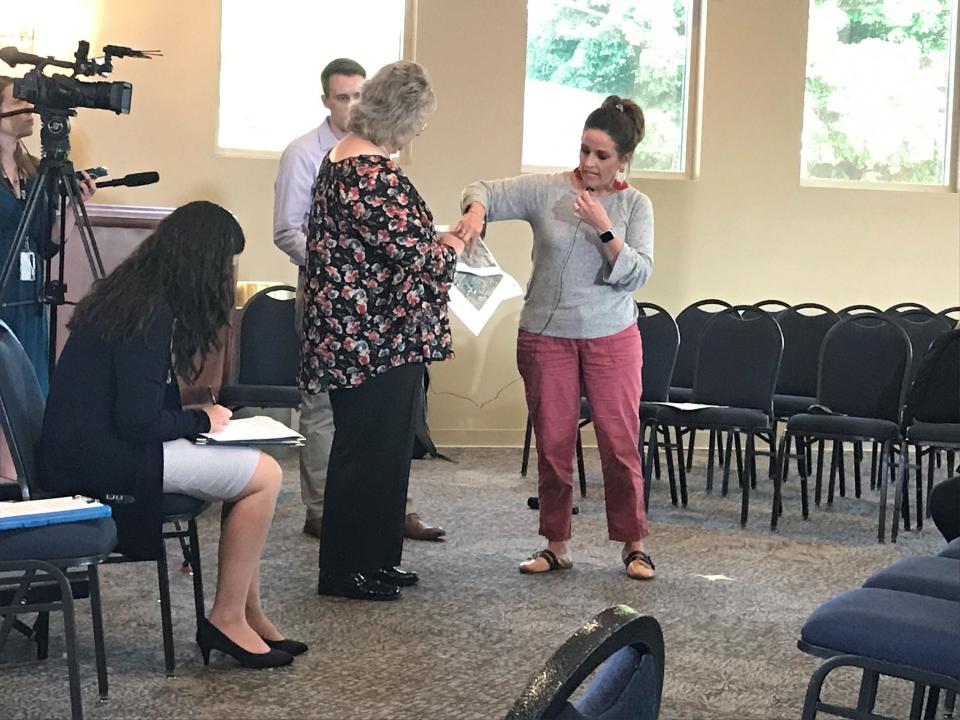
The EPA began a 45-day public comment period on the clean-up plan in May, which ends July 1. Agency officials will be available to answer questions at an in-person meeting on June 9 at Franklin City Hall. A formal public hearing where residents are able to provide comments on the record will also follow, according to EPA.
The agency will make the plan final only after reviewing and responding to all comments. Black said the clean-up plan may be modified based on any new information that is submitted as part of the public comment period.
It is likely clean-up efforts could start in the fall, if the proposal is approved, and continue into the spring. If the clean-up is successful, then the pump-and-treat system that has been in place for decades will remain off, Black said.
McFall said EnviroForensics and the City are reviewing the proposal and plan to submit comments. Rhinehart said she also is working on comments to submit to the EPA on the plan.
“My hope is the community steps up to the plate and pushes the EPA,” she said, “because that's what it's going to take to ever fully get Franklin cleaned up.”
Call IndyStar reporter Sarah Bowman at 317-444-6129 or email at sarah.bowman@indystar.com. Follow her on Twitter and Facebook: @IndyStarSarah. Connect with IndyStar’s environmental reporters: Join The Scrub on Facebook.
IndyStar's environmental reporting project is made possible through the generous support of the nonprofit Nina Mason Pulliam Charitable Trust.
This article originally appeared on Indianapolis Star: EPA: Cancer-causing contamination in Franklin to finally be cleaned up

